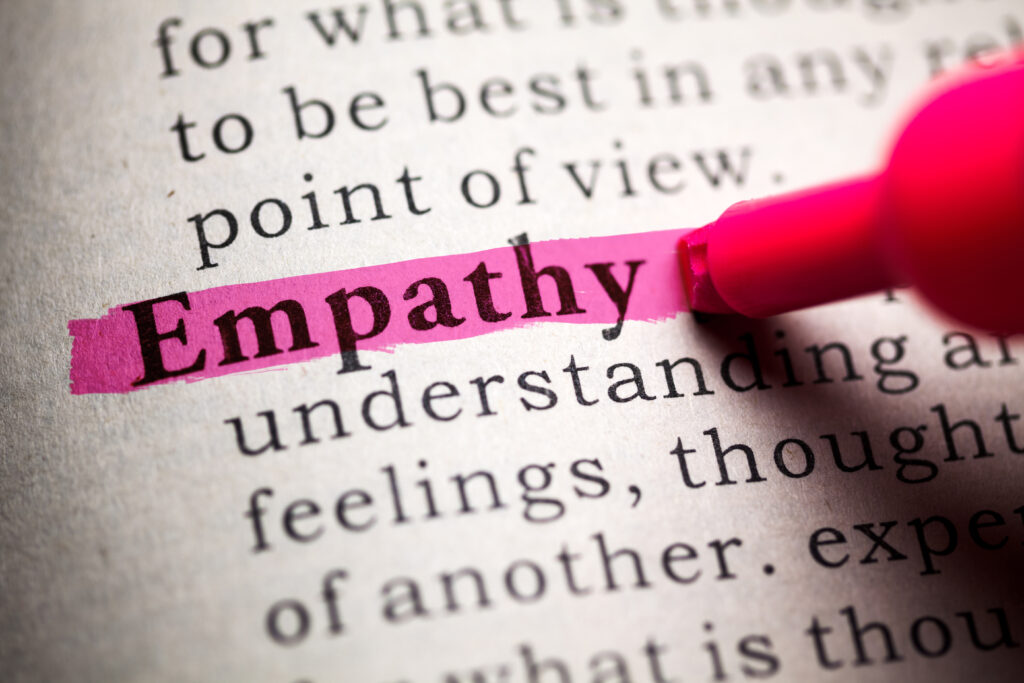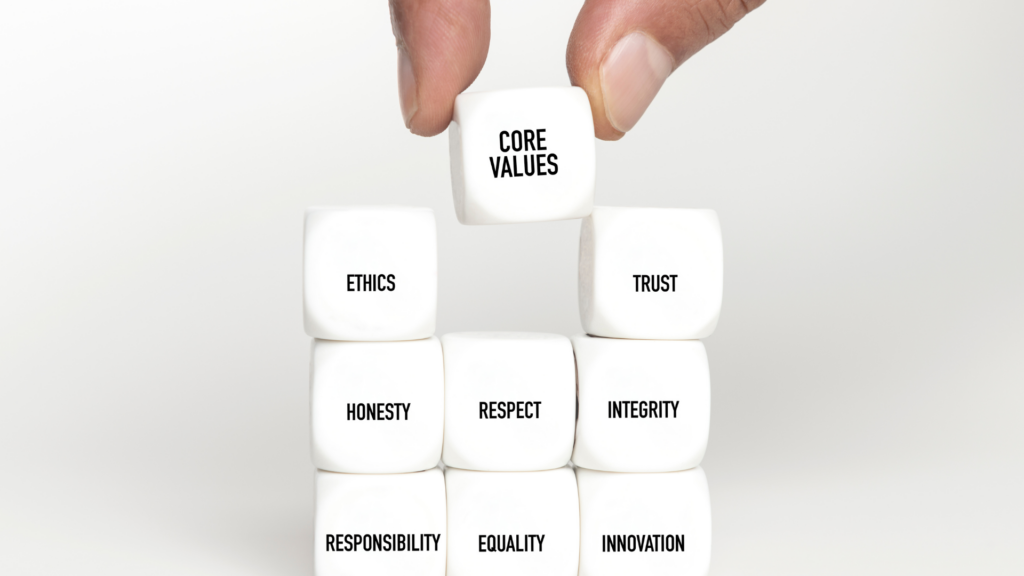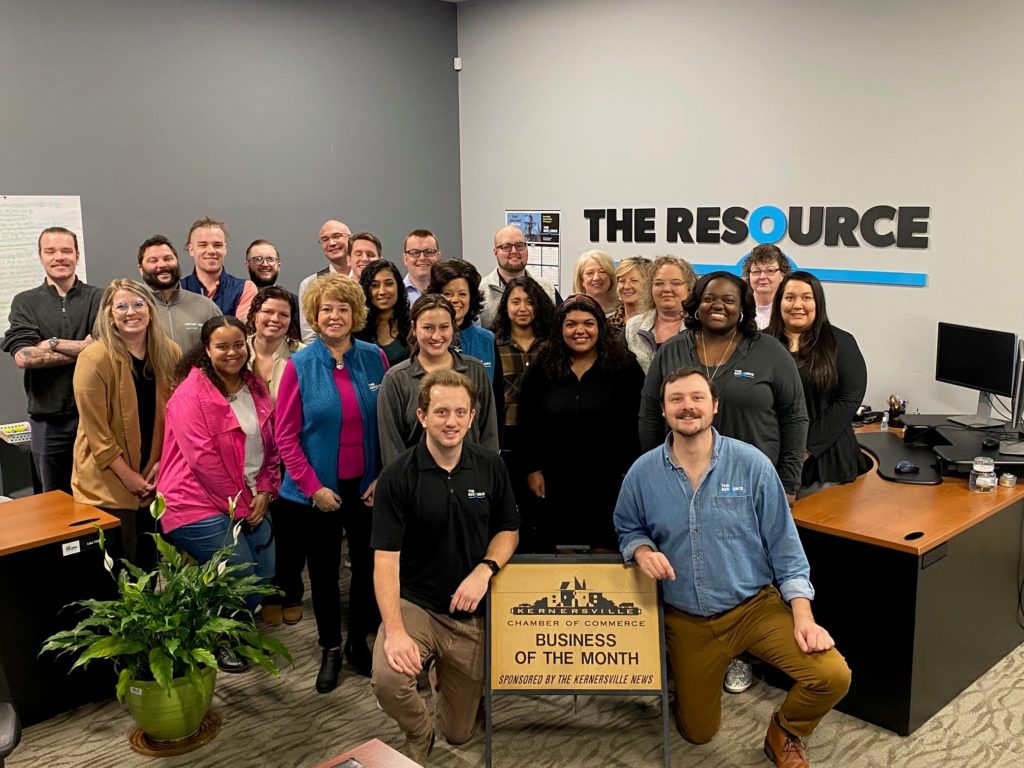In today’s workforce, collaboration is key to achieving success. As organizations become more diverse, the ability to understand and effectively work with team members from different backgrounds, including age, becomes increasingly essential. In particular, Generation Z (those individuals born between 1997 and 2012) has unique characteristics and work styles that require HR professionals and team leaders to adapt their strategies. Understanding the Gen Z mindset in the workplace is crucial when it comes to collaborating with the members of this cohort. As digital natives, they have grown up surrounded by technology, which has had a profound impact on their thoughts and behaviors. Known for its entrepreneurial spirit and desire for meaningful work, this generation values instant gratification, diversity, and individuality. Understanding these characteristics will enable HR professionals and team leaders to tailor their approaches and create a collaborative environment that resonates with Gen Z team members. One way to understand the Gen Z mindset is by recognizing its members’ desire for continual learning and growth. This generation thrives on new challenges and opportunities to acquire new skills. By providing ongoing training and development programs, organizations can harness the full potential of Gen Z team members. Moreover, acknowledging their preference for a diverse workplace will foster an inclusive and collaborative environment. Gen Z thrives in environments that promote teamwork, communication, and collaboration. The following strategies can foster the collaborative work environment that they need to thrive. Leading with these strategies enables organizations to create collaborative work environments that engage and motivate Gen Z team members, leading to increased productivity and better outcomes. Gen Z is highly skilled in utilizing digital tools and expects to have access to the latest technology in the workplace. By incorporating technology into its collaboration efforts, a company can enhance communication, streamline project management, and foster a sense of connectedness among team members. (For example, psychometric-based tools can help teams better understand and connect more meaningfully with each other.) Technology can not only bridge the generation gap but can also make younger generations feel valued and needed in the workplace. Investments in collaboration platforms and applications can also enable real-time communication and document sharing, thus eliminating the need for back-and-forth e-mail and increasing efficiency. Because the members of Gen Z are accustomed to instant messaging and video conferencing, companies should consider implementing tools such as Slack or Microsoft Teams to facilitate seamless communication. It’s also easy to leverage AI tools to kick training and internal communication up a notch. For example, a new Gen Z hire who needs to send reported leads to the head of sales every week won’t yet know the best way to present that information to their boss. But an AI tool that utilizes the company’s previously recorded psychometric data can give that new hire pre-supplemented suggestions to make those emails comprehensive and useful to the recipient. This AI-fueled approach to on-the-fly training can extend beyond emails to all communications, ultimately helping Gen Z employees learn new skills and making their contributions to the business more impactful. Additionally, project management tools can help keep everyone on track, assign tasks, and monitor progress. By utilizing technology in these ways, managers can create a collaborative work environment that aligns with the preferences and expectations of Gen Z, ultimately leading to improved teamwork and successful outcomes. Having grown up with instant messaging and social media, Gen Z prefers quick and concise communication methods. The following communication strategies can enhance collaboration with this group. Implementing these communication strategies can help an organization foster a collaborative environment in which Gen Z team members feel valued and can contribute their best work. Gen Z team members place a high value on equality and appreciate a diverse and inclusive work environment. Here are some ways to promote inclusivity and diversity within a team: Gen Z team members are incredibly talented and innovative individuals who bring fresh perspectives and ideas to the table. Recognizing and appreciating their contributions is essential for fostering collaboration and maintaining a positive work environment. Here are some ways to ensure that Gen Z team members feel valued and appreciated: Acknowledging Gen Z team members for their contributions is crucial for creating a collaborative and productive work environment. Offering them recognition and growth opportunities not only fosters their professional development but also maximizes their potential to drive innovation within the team. Although Gen Z team members bring immense talent and a fresh perspective to the table, they—like any generation that’s entered the workforce—bring challenges as well. For example, this generation has a strong need for constant feedback and validation. (One recent study in Australia found that more than half of the Gen Z workers surveyed there “seek praise for their contributions at least a couple of times a week.” ) Gen Z members are also accustomed to receiving instant gratification and may expect constant praise for their work. It’s crucial for leaders to set clear expectations and provide constructive feedback regularly while balancing praise to maintain motivation. Another challenge lies in effectively managing Gen Z’s technological reliance. Gen Z employees are highly tech-savvy and prefer digital communication channels. It’s important to establish clear boundaries and guidelines for communication to ensure effective collaboration while also providing opportunities for face-to-face interactions to foster stronger relationships within the team. Additionally, Gen Z employees value work-life balance and prioritize flexibility. To ensure their productivity and satisfaction, consider offering flexible work hours or remote work options whenever possible. By addressing these areas, leaders can create a collaborative environment that maximizes the potential of Gen Z team members while maintaining productivity and teamwork. Harnessing Gen Z’s unique skills and perspectives can lead to innovative solutions and fresh ideas. Gen Z employees are often tech-savvy and can offer valuable insights into utilizing digital tools and platforms to streamline processes and enhance productivity. By encouraging collaboration, leaders can tap into the creativity and resourcefulness of Gen Z team members, leading to increased efficiency and problem-solving capabilities. Furthermore, effective collaboration with Gen Z team members fosters a positive and inclusive work culture. By embracing their need for constant feedback and validation, leaders can build a supportive environment in which individuals feel heard and valued. This, in turn, boosts morale, motivation, and engagement among Gen Z employees, resulting in higher job satisfaction and decreased turnover rates.Understanding the Generation Z mindset
Create a collaborative work environment
Leverage technology for effective collaboration
Implement appropriate communication strategies
Nurture a culture of inclusivity and diversity
Recognize and appreciate Gen Z contributions
Some challenges to working with Gen Z—and how to overcome them
The benefits of collaboration with Gen Z











